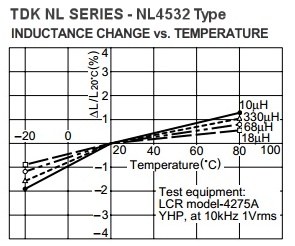"Fred, what do you think of my interference conjecture up-thread?" - Dewster
I think its a damn good hypothesis.
I did a lot of playing about with volume-control type circuits, to use for driving voltage controlled synthesis, and the simple (diode / rectifier) schemes never worked well, and were subject far more to interference than other schemes..
I never really connected the dots - I simply moved on to other topologies (like monitoring the drive current)
Im not a great fan of AM detection anyway, so never persued this route - when I saw problems, I simply dumped it.. I try not to do that, try to look at the causes of problems to increase my understanding, but theres only so much time... Some stuff I enjoy working on, so spend more time on these - AM and radio stuff in general hasnt excited me since the early 70's when I bought a dysfunctional ex army valve communication reciever, and got it to work so I could listen in to police / security channels ;-)
What you say makes a great deal of sense to me!
One minor counter argument could perhaps relate to the orientation of the volume antenna ? my experiments were all with vertical rod antennas as I was focussing on pitch - I think that pitch antennas could interfere with volume antennas on other theremins, but there would be a big decrease in volume <-> volume antenna interference due to their horizontal orientation (bulk capacitance being on the Y axis) (geometry)
in terms of EM interference, I dont know... But volume loops are probably just as suseptable as rods, I would guess....
Fred.




